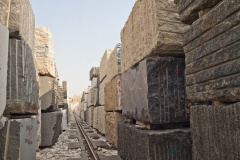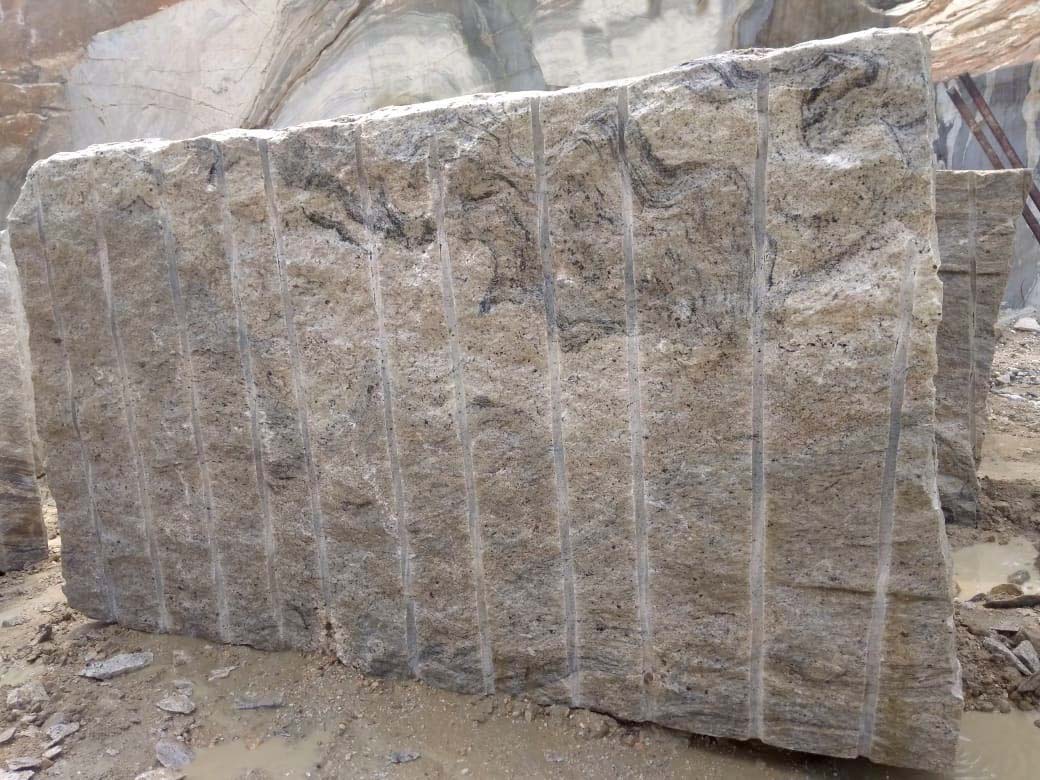From Rock to Natural Beauty: Uncovering the Secrets of Granite Quarries
' From Stone to Natural Beauty: Discovering the Tricks of Granite Quarries' is an expedition into the remarkable world of granite quarries. This comprehensive study explores the background, removal procedure, tools, and techniques made use of in granite quarrying. It likewise clarifies the makeover of raw granite into building marvels, showcasing the intricate workmanship associated with developing spectacular structures. The publication takes a look at the effect of granite quarries on the setting, providing useful understandings right into lasting methods and environmental conservation. With its thorough research and appealing narrative, 'From Stone to Elegance' provides a valuable resource for experts, researchers, and lovers in the field of quarrying and style.
The History of Granite Quarries

In old Egypt, granite quarries were purposefully situated along the Nile River, supplying easy access to carry the hefty stone blocks. The renowned pyramids of Giza, including the Terrific Pyramid, were built utilizing granite sourced from these quarries. In ancient Greece, the island of Naxos was renowned for its high-quality white marble, which was quarried and used in the building of famous structures like the Parthenon.
The Roman Realm additionally counted heavily on granite quarries, specifically in the building and construction of their grand building projects. The Colosseum in Rome, for example, was built making use of granite sourced from quarries in Egypt and Greece. The Romans additionally progressed the quarrying methods, employing proficient artisans and designers to essence and transport granite across vast distances.
Today, the heritage of these old granite quarries proceeds to inspire modern-day design and building. The expertise and competence acquired from centuries of quarrying have been passed down through generations, ensuring that granite stays a cherished and sought-after building material.
The Removal Process of Granite
Having explored the historic importance of granite quarries, we now explore the details of the extraction procedure, which is a crucial action in transforming raw stone into the spectacular building product it comes to be. The removal process of granite entails a number of phases, beginning with the first exploration and recognition of prospective quarry sites. As soon as an appropriate site is discovered, the extraction process begins with the elimination of overburden, which refers to the soil, vegetation, and various other materials covering the granite down payment.
After the overburden is removed, the next action is blasting and piercing. This includes boring openings into the granite utilizing specialized machinery and then putting explosives into the openings. The nitroglycerins are detonated, fracturing the granite right into convenient items. These pieces are then more damaged down right into smaller dimensions utilizing machinery like diamond wire saws or hydraulic splitters.
When the granite is damaged down into smaller sized dimensions, it is filled onto trucks or conveyor belts and transported to a handling center. At the handling center, the granite is further improved via cutting, shaping, and polishing procedures. granite quarries in rustenburg. This is done utilizing numerous cutting and brightening tools, such as mills, brushes, and saws, to achieve the preferred surface, dimension, and form
Devices and Strategies Utilized in Granite Quarrying
Granite quarrying includes the application of a selection of tools and techniques to draw out the rock from the earth's surface. These devices and methods have actually evolved in time, coming to be extra innovative and reliable. One of the key devices utilized in granite quarrying is the diamond cord saw. This device is composed of a cord embedded with diamond grains, which are able to puncture the granite with accuracy and convenience. The cable is connected to a maker that controls the tension and speed, enabling precise and controlled cutting.
One more vital tool in granite quarrying is the drilling maker. As soon as the explosives are detonated, they fracture the granite, making it easier to draw out from the quarry.
In addition to these tools, there are numerous strategies made use of in granite quarrying. These methods, along with the use of advanced equipment, have actually made granite quarrying more efficient and much less labor-intensive.
Changing Raw Granite Into Architectural Marvels
After the extraction process, the raw granite goes through a transformative journey to end up being awe-inspiring building marvels. The extracted granite blocks are delivered to a manufacture center where they are cut right into pieces of various thicknesses making use of advanced cutting devices such as ruby cord saws.
When the slabs are ready, they can be more processed to meet details design needs. Experienced craftsmen use sophisticated equipment and tools to shape the granite into wanted forms, such as kitchen counters, floor covering floor tiles, or detailed sculptures. This procedure demands thorough interest to information and competence to make sure that the last product fulfills the greatest quality standards.
Next, the finished granite pieces are very carefully checked for any defects or imperfections. Any small weblink problems are resolved, and the pieces are diligently cleaned up to get rid of any dust or debris. The transformed granite is packaged and prepared for transport to its designated destination.

The Effect of Granite Quarries on the Setting
The ecological effect of granite quarries is a substantial concern that needs to be dealt with in order to make sure lasting practices in the rock sector. Granite quarries can have a harmful effect on the surrounding atmosphere, including the destruction of habitats, air pollution of air and water, and the generation of excessive noise and dirt.
Among the key issues is the destruction of natural environments. Granite quarries usually include the removal of huge quantities of vegetation and topsoil, resulting in the variation of wildlife and disturbance of ecosystems - granite quarries in rustenburg. This loss of biodiversity can have resilient effects for the surrounding atmosphere
Quarrying activities can launch harmful toxins into the environment, such as particle matter and harmful gases. In addition, the extraction of granite can result in the contamination of nearby water resources via the discharge of chemicals utilized in the quarrying procedure.

To minimize these ecological effects, the rock industry should adopt lasting methods. This consists of executing steps to reduce environment destruction, enhancing air and dig this water air pollution controls, and carrying out reliable dirt and noise reductions techniques. Additionally, recovery efforts should be undertaken to recover quarried locations to their all-natural state and support pop over to these guys the regrowth of biodiversity.
Conclusion
Finally, granite quarries have actually played a considerable function in forming human background and remain to add to architectural wonders. The removal procedure entails using specialized devices and strategies, changing raw granite into sensational structures. Nevertheless, the influence on the setting must be meticulously managed to ensure sustainability. Comprehending the keys of granite quarries allows us to value the craftsmanship and beauty that can be stemmed from this natural deposit.
' From Rock to Grandeur: Unearthing the Keys of Granite Quarries' is an expedition into the interesting globe of granite quarries. The background of granite quarries can be traced back to old times, with evidence of quarrying tasks located in ancient Egypt, Greece, and Rome. The Colosseum in Rome, for instance, was developed using granite sourced from quarries in Egypt and Greece - granite quarries in rustenburg. These strategies, along with the use of advanced machinery, have actually made granite quarrying much more reliable and less labor-intensive. In addition, the removal of granite can result in the contamination of nearby water resources with the discharge of chemicals utilized in the quarrying process